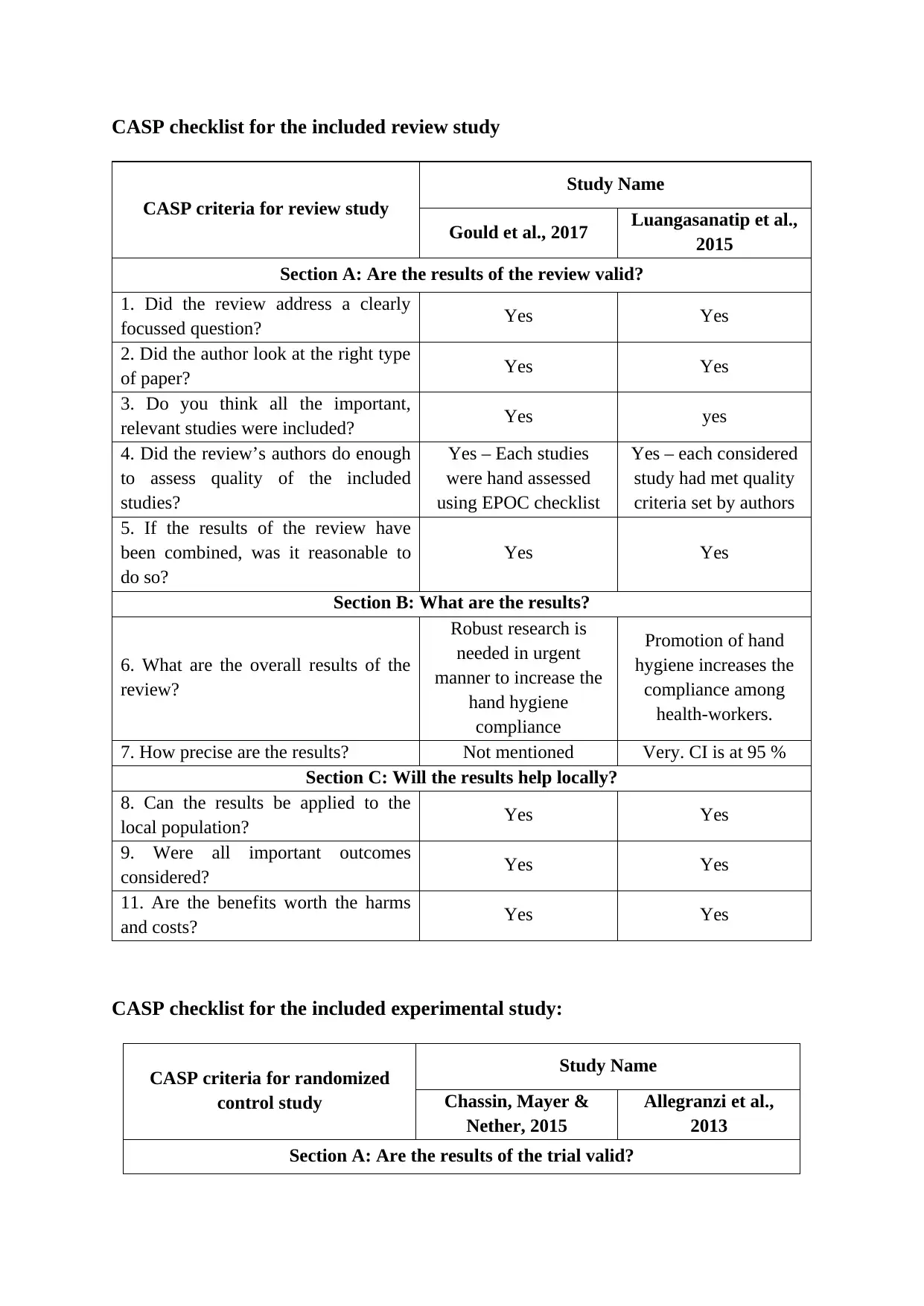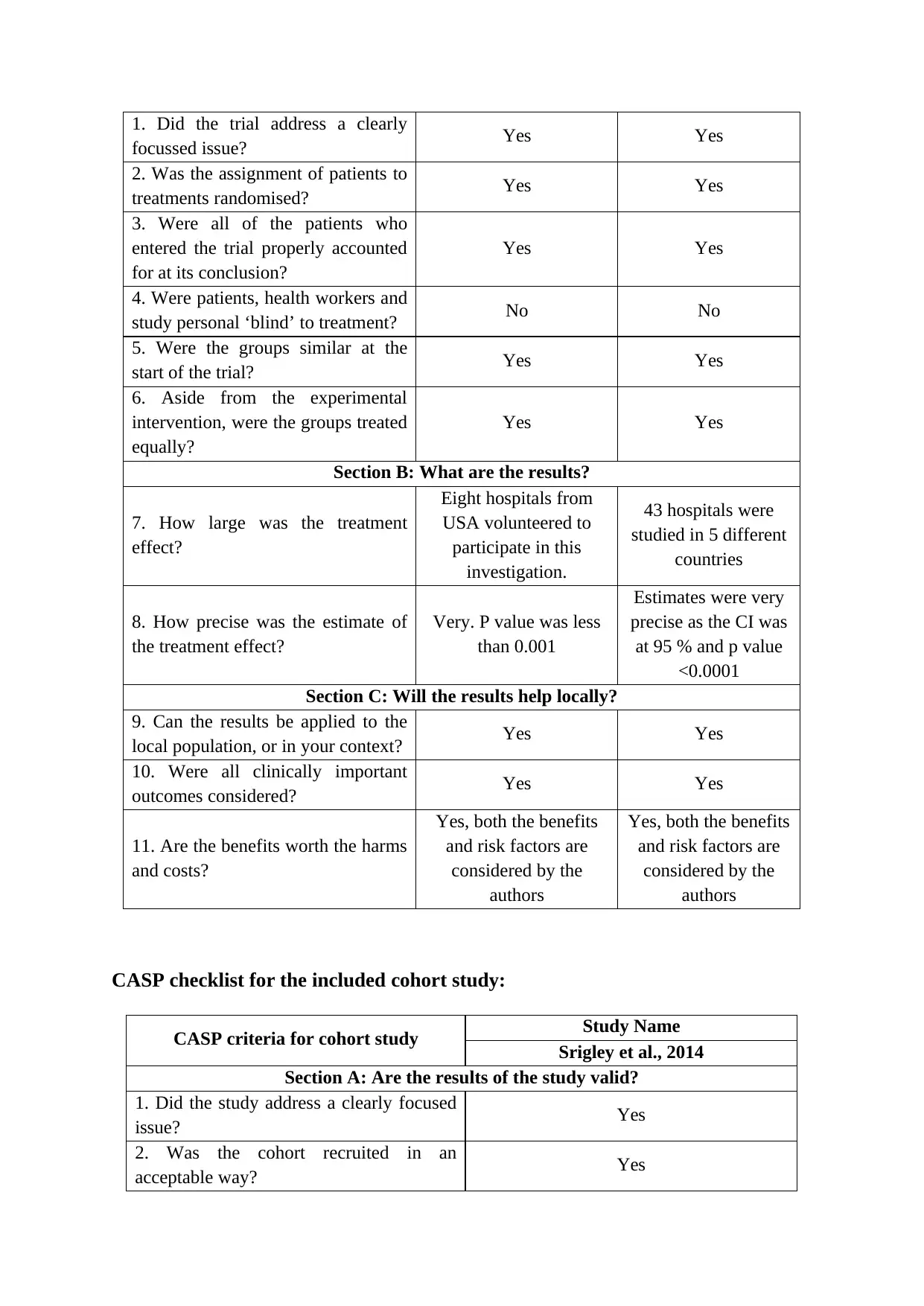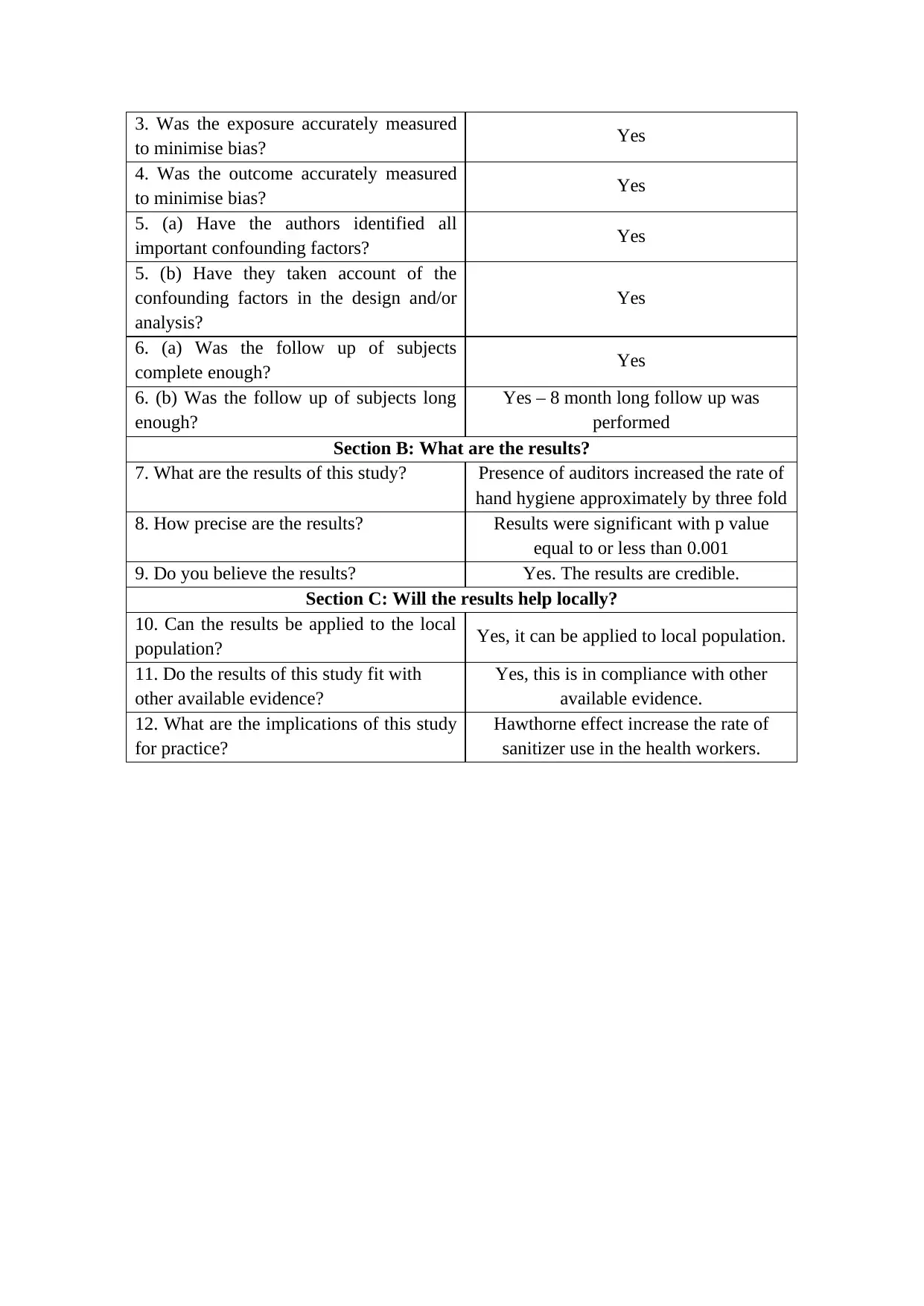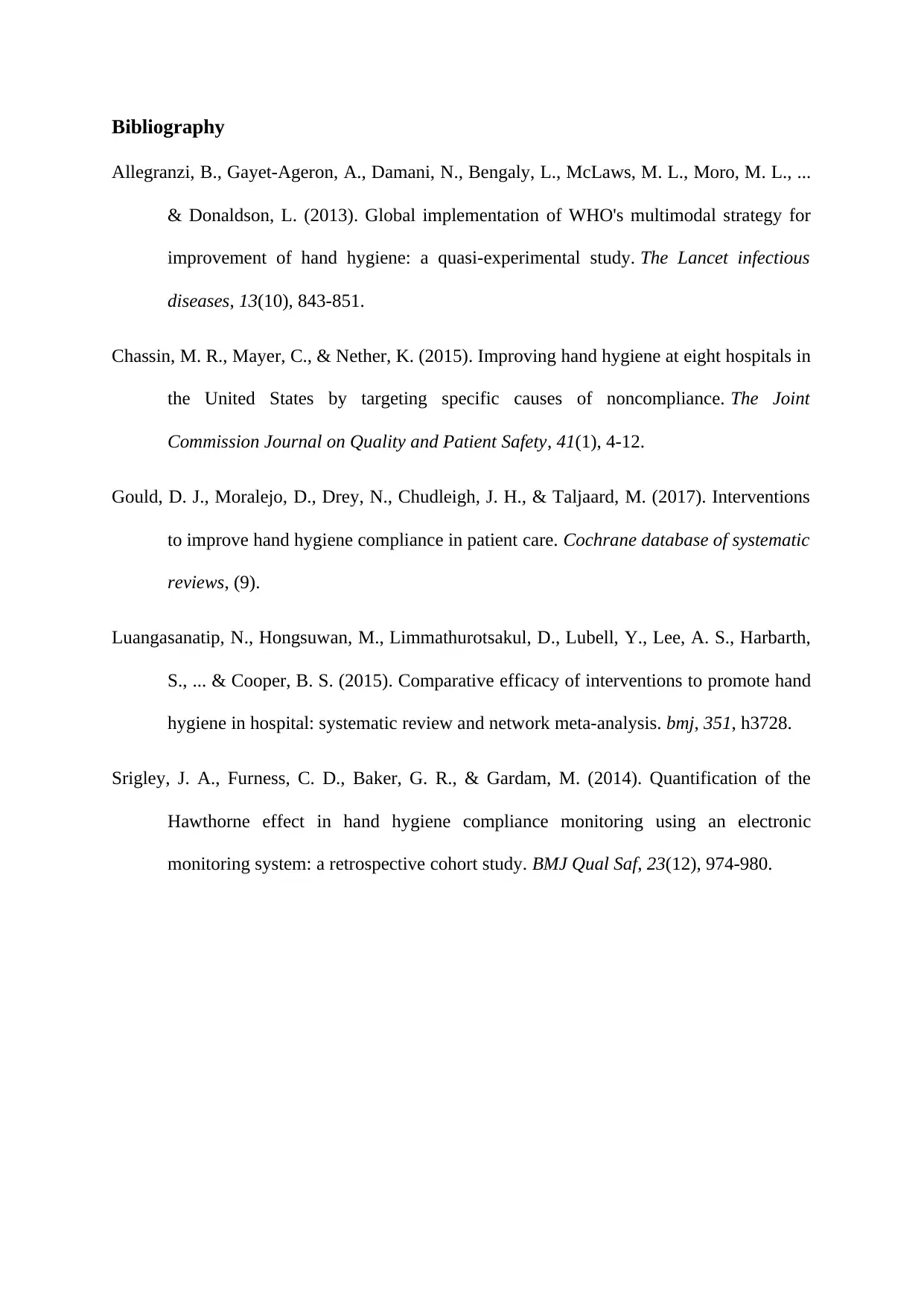CASP Checklist Analysis: Review of Healthcare Research Studies
VerifiedAdded on 2021/10/30
|4
|1102
|195
Homework Assignment
AI Summary
This document presents a detailed analysis of several healthcare studies using the CASP (Critical Appraisal Skills Programme) checklist. The analysis covers three types of studies: a review study, an experimental (randomized control) study, and a cohort study. For each study, the analysis systematically evaluates the validity of the results, the nature and precision of the results, and the potential for applying the results locally. The CASP checklist is applied to assess various aspects, including the focus of the study, the methodology (e.g., randomization, cohort recruitment), the measurement of exposure and outcomes, consideration of confounding factors, and the completeness and duration of follow-up. The results of each study, including the treatment effects, precision of estimates, and implications for practice, are summarized. The analysis also considers the applicability of the results to the local population and whether the findings align with other available evidence, with a particular focus on interventions related to hand hygiene and its impact on healthcare practices.
1 out of 4











![[object Object]](/_next/static/media/star-bottom.7253800d.svg)